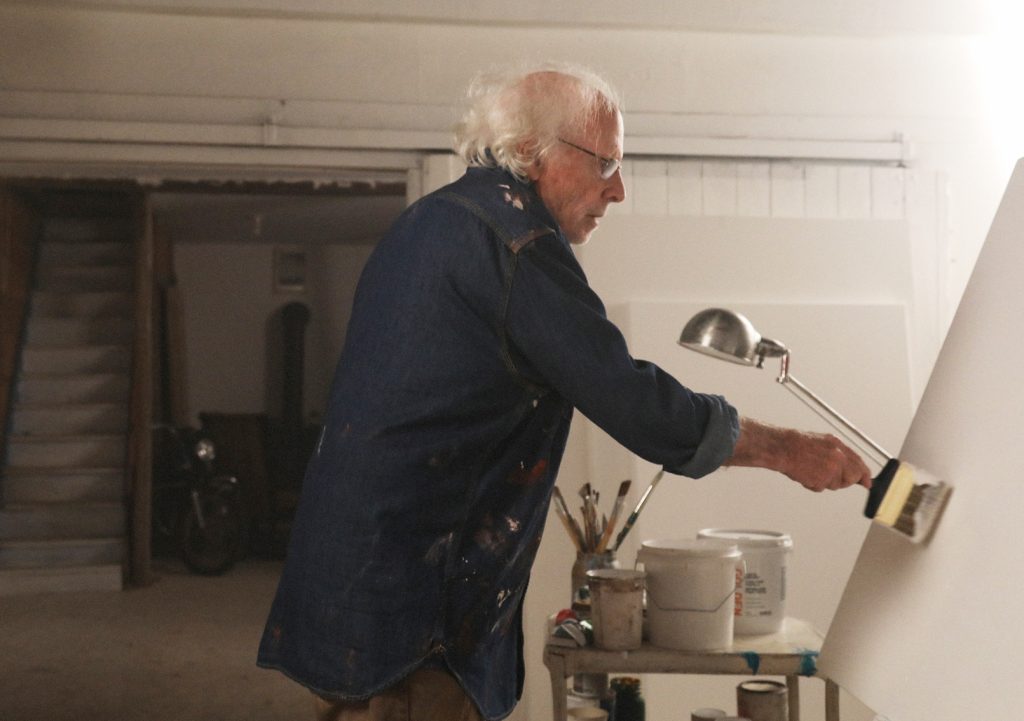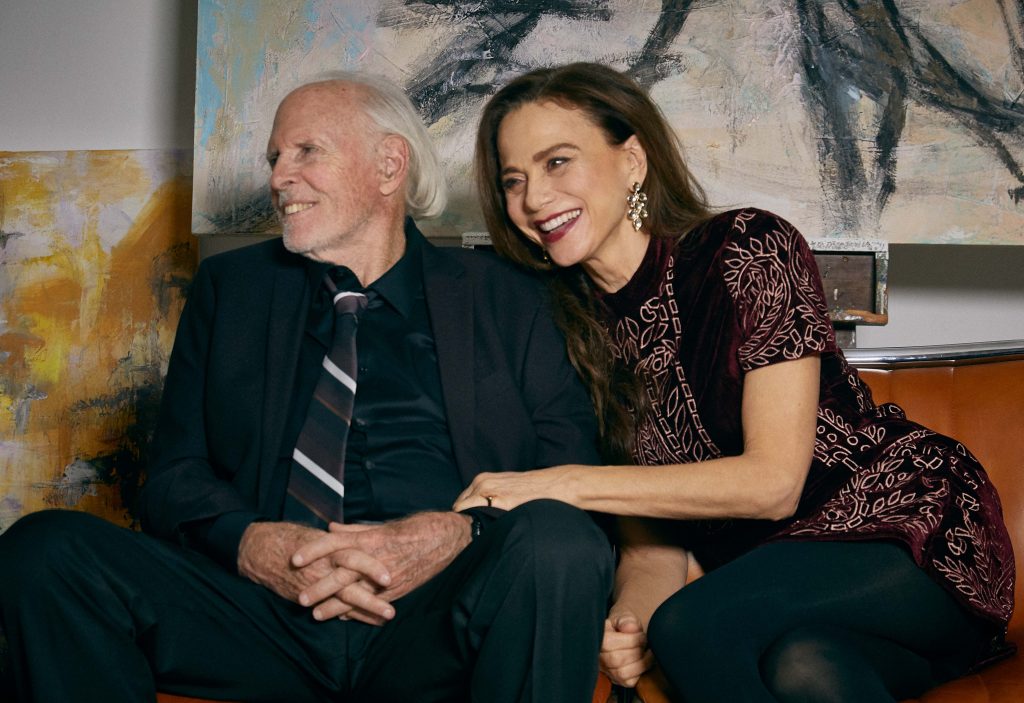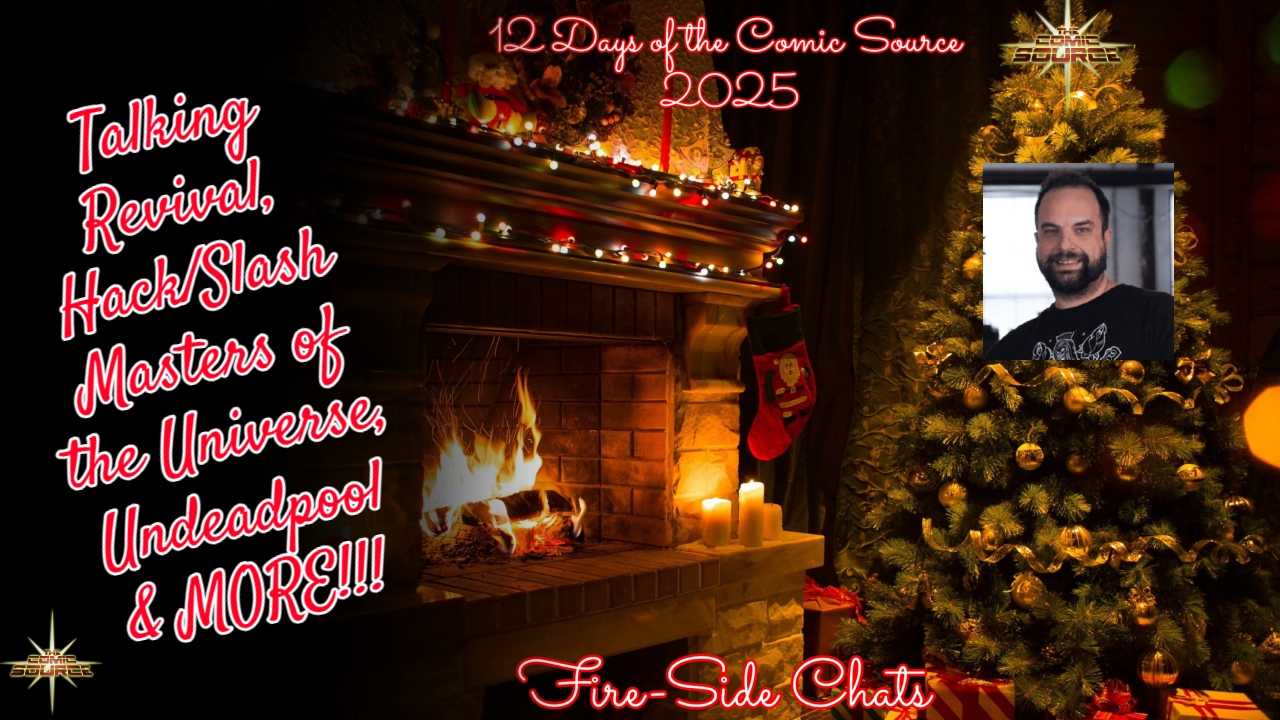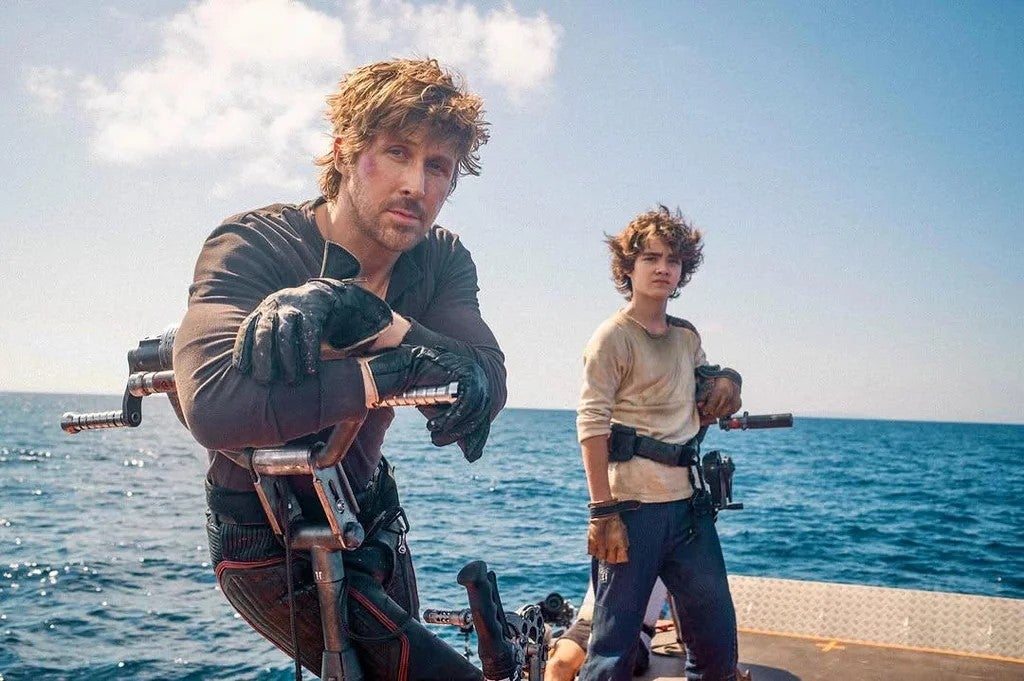Tom Dolby is the writer and director of the new film, The Artist’s Wife. Dolby is known for Call Me by Your Name and Last Weekend. In addition he is the author of four novels: The Trouble Boy, The Sixth Form, Girls Who Like Boys Who Like Boys and Secret Society. While born in London he grew up in San Francisco and received his BA in History from Yale University.
Here is the synopsis of the film:
Claire (Lena Olin) lives a domestic life in the Hamptons as the wife of celebrated artist Richard Smythson (Bruce Dern). Once a promising painter herself, Claire now lives in the shadow of her husband’s illustrious career. While preparing work for his final show, Richard’s moods become increasingly erratic, and he is diagnosed with dementia. As his memory and behavior deteriorate, she shields his condition from the art community while trying to reconnect him with his estranged daughter and grandson from a previous marriage. Challenged by the loss of her world as she knew it, Claire must now decide whether to stand with Richard on the sidelines or step into the spotlight herself.
Nancy Tapia: Tom, I was fascinated with the story, The Artist’s Wife. You’re both writer and director of this film. As a writer, why this story?
Tom Dolby: I was fascinated by the dynamic of a creative partnership and this idea of the woman next to the man in a marriage between two creative people. How often in society today and particularly marriages in between people of Bruce and Lena’s generation. The woman’s desires often take a back seat to his career and his whole life. I wanted to explore what that was like when she decides that she’s had enough of that and she wants to break out and do her own thing. I was coupled with this idea of the dementia. The dementia is really the in-sighting incident. It’s the thing that helps push Claire forward into realizing that she needs to strike out on her own and reclaim the part of her past that she left behind.
Nancy Tapia: And for the title, was this always the original title? Because from watching it, the lead role is Claire. However, the title I thought it was about the Richard being the artists and Claire just the shadow as the wife.
Tom Dolby: Well, I think that’s the duality of the role that she occupies. She is the lead character, and yet the irony is she’s labeled as the wife. Yeah, I love that you sensed that. Her primary definition, I think in her life, was in relation to him. What I love about our story is I think she comes out from behind him or steps out from being just beside him and really comes into her own.
Also Check Out: Catching Up With The Cast & Director Of Akilla’s Escape At TIFF 2020 [Exclusive Interview]
Nancy Tapia: I had a kick with the characters bringing up the term, busy. It’s always, “How are you?” “I’m fine” or “busy.” And then later on, one of the characters says, “Nothing’s worse than not being busy.” Right?
Tom Dolby: Yes. It is this funny thing with our lives today where it’s exactly as she says. We always use busy as this excuse to mean doing something meaningful or being happy, and yet it’s not. Being busy, is just being busy.
Nancy Tapia: Yeah, it’s just a word we use as an excuse just to not open to a broader conversation.
Tom Dolby: Exactly! How are you? Yeah, absolutely. It’s a funny thing. Even though I think Ada (Stefanie Powers) has many brilliant lines and she’s a brilliant lady. She said “There’s nothing worse than not being busy.’ I am thinking well, I would love to not be busy. Haha…
Nancy Tapia: Haha, right? It was Ada who said it! By the way, she had a small scene where she’s doing this photo shoot, but super powerful.
Tom Dolby: Yeah, I was so thrilled with how that scene turned out. And I think it has a lot of impact.
Nancy Tapia: I loved it! People have to watch it. I don’t want to ruin it. What adjustments did you have to make when it came to directing the material you had written?
Tom Dolby: Oh, that’s a great question! We actually moved a number of things around in terms of scene order. It was a funny thing with the scripts where once we got into the editing room, we realized we had a certain amount of freedom in terms of the order of things and we could play around with that. I think one of the biggest examples was that the scene where he’s making the speech at Guilds Hall. It happens I think in the first 10 or 15 minutes of the movie. That was something that was originally scripted on page 70 or so.

It was actually after the family has gotten together for Christmas. We found once we started putting together that scene in the editing room that it didn’t make sense that Claire would let him. Given everything she had seen before in terms of Richards behavior. And given the nature of their relationship. How much she wanted to protect him, it didn’t make sense that she would have let him get up on that stage. So we moved it much earlier in the story. Then it became very much the last event right before they go to the doctor’s office. It became the final event when she has to admit to herself something is wrong and need to check this out.
Nancy Tapia: Yes, that totally makes sense. Even then, you can see it in her face, the uncertainty.
Tom Dolby: Yeah, I think that part of having a spouse with dementia is that there’s a process of discovery. Then within that process of discovery, there’s a certain amount of denial that takes place where you’re really hoping that it’s not dementia. You’re hoping that that’s not going to be an issue that you have to face together. I think that’s just where she was emotionally at that time. So, you can see on her face that she is both taking in what is happening and trying to deny it at the same time.
Also Check Out: Bex Taylor-Klaus Talks Ideal Holiday Dinners And Blackbird [Exclusive Interview]
Nancy Tapia: You had a great cast. I got a chance to speak to Lena Olin earlier. She is a real lady. Claire’s character she was perfect for her. I told her one of the things I admired about the character was the wisdom that she had. You also had a Bruce Dern. How did you know these two people were the perfect match for these roles?
Tom Dolby: I think when you’re casting a married couple or any couple in a relationship, so much of it is instinct. I had a feeling that the two of them would have opposites attract chemistry between them, because they are so different. To look at Lena and then to look at Bruce, you might not automatically think that they would go together. What I loved was just that there’s something so sophisticated and European about Lena, her persona and what she brought to Claire. Then Bruce really brought to Richard this rough and tumble American cowboy kind of sensibility. We started calling them the European and the cowboy.

Nancy Tapia: Haha…That’s a good duo!
Tom Dolby: Haha, yeah!
Nancy Tapia: There was a scene that actually left my mouth open. The scenes where Bruce speaks to the young artists. He used pretty strong words to address them. Did you feel in any way you were maybe pushing the boundaries?
Tom Dolby: Absolutely! Those are words that ideally should not be used in a classroom.
Nancy Tapia: Yeah, that’s why I didn’t even want to say them.
Tom Dolby: Yeah, no absolutely! I think that in that case, it was a combination for his character. It was a combination of the dementia, bringing in this sense of disinhibition. This is something that dementia does to people’s brains. That normal part of your brain that tells you, “This is something I can think, but I shouldn’t say it. And I certainly shouldn’t say it in front of a group of young people.” That part of the brain’s mechanism goes out the window and there’s no filter.
It was a combination of that and I think it was a combination of the idea that Richard has always been somebody who aims to be a bit provocative, who aims to shock a little bit. It felt right for his character. That was a difficult scene to shoot because those are not easy words to confront. They’re certainly not things that you think are going to come out of the mouth of your professor.
Nancy Tapia: Is there anything you can share that you might be working on or will be seeing of your work?
Tom Dolby: Yeah, my company has optioned a novel by Francis Mayes called Women in Sunlight. Francis is the author of Under the Tuscan Sun, which was made into a beautiful movie a while back.
Nancy Tapia: I loved that movie!
Tom Dolby: Yeah, I started calling it The Artist’s Wife times three. Only in the sense of instead of being about one woman in the third act of her life, it’s about three women and what they decide to do. Instead of moving to an upscale retirement community in the South, they decide to rent a villa in Tuscany and move to Italy and explore new passions there. I love that idea that the third act of life doesn’t have to be about slowing down. It can be about new and exciting things.
Nancy Tapia: That’s great, I look forward to that. Haha
Tom Dolby: Haha
Nancy Tapia: Well, thank you so much for your time, Tom. Good luck with this film, The Artist’s Wife. It’ll be in select theaters obviously and On-Demand September 25th, right?
Tom Dolby: Yes, thank you so much.
Nancy Tapia: You’re welcome and you take care.
The Artist’s Wife is out in select theaters and On Demand tomorrow!
Source: LRM Online Exclusive
 FOR FANBOYS, BY FANBOYS
Have you checked out LRM Online’s official podcasts and videos on The Genreverse Podcast Network? Available on YouTube and all your favorite podcast apps, This multimedia empire includes The Daily CoG, Breaking Geek Radio: The Podcast, GeekScholars Movie News, Anime-Versal Review Podcast, and our Star Wars dedicated podcast The Cantina. Check it out by listening on all your favorite podcast apps, or watching on YouTube!
Subscribe on: Apple Podcasts | Spotify | SoundCloud | Stitcher | Google Play
FOR FANBOYS, BY FANBOYS
Have you checked out LRM Online’s official podcasts and videos on The Genreverse Podcast Network? Available on YouTube and all your favorite podcast apps, This multimedia empire includes The Daily CoG, Breaking Geek Radio: The Podcast, GeekScholars Movie News, Anime-Versal Review Podcast, and our Star Wars dedicated podcast The Cantina. Check it out by listening on all your favorite podcast apps, or watching on YouTube!
Subscribe on: Apple Podcasts | Spotify | SoundCloud | Stitcher | Google Play



